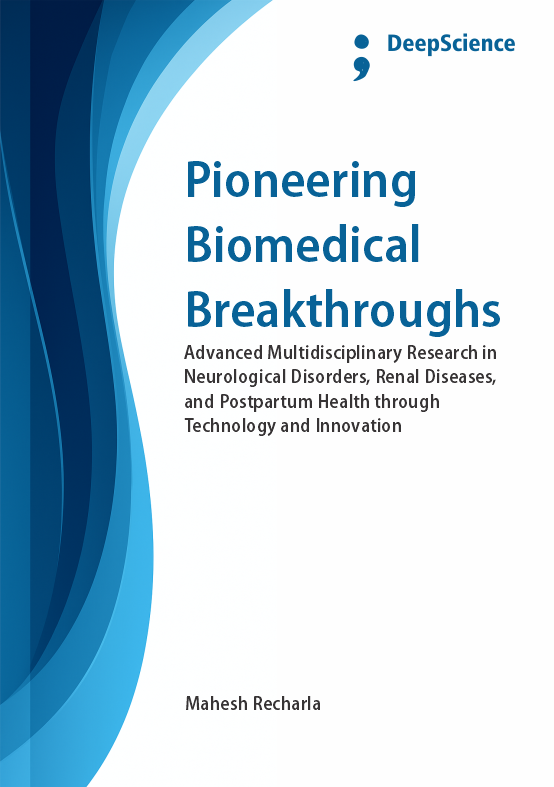The role of bio gen in transforming neurological and genetic research landscapes
Synopsis
Neurological and psychiatric disorders belong to the group of some of the most intricate and least understood diseases affecting humankind today. Collectively, these diseases comprise an extraordinarily common group of disorders with a lifetime number of cases far exceeding those of other major disease categories, including cancer, lung, liver, and heart diseases combined (Chen et al., 2023; Marshall et al., 2024; Al-Rashid et al., 2025). These diseases also come with significant societal burdens and costs, including loss of workforce productivity, increased family burden, and direct healthcare costs for patients and their caretakers. Many of these disorders may start as mild afflictions, but untreated or treated inadequately, they can lead to severe psychiatric or neurological impairment and disability, with the associated costs becoming prohibitively high. In the last two decades, decision-making in the field of psychiatric and neurological disease research has become increasingly data-driven, with existing data being reanalyzed and mined using high-throughput and machine-learning approaches. Large-scale human data from commercial biobanks have already been used to make discoveries in many important disease areas, while rapidly growing individual-level genetic data and Clinical Genomic Resources from various research consortia are set to revolutionize these efforts even further. These developments have the potential to lead to novel therapeutics, preventive methods, and diagnostic tests for these diseases, ultimately providing much-needed hope for the patients who suffer from them.












